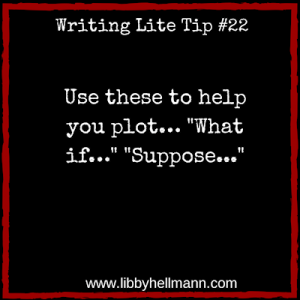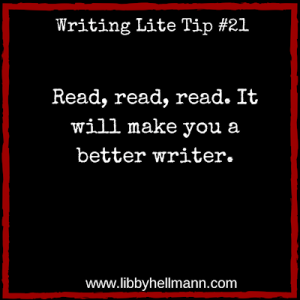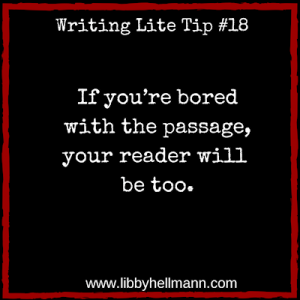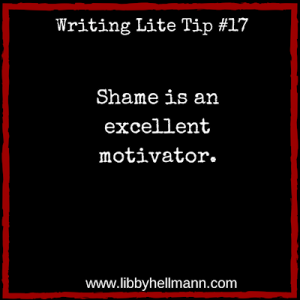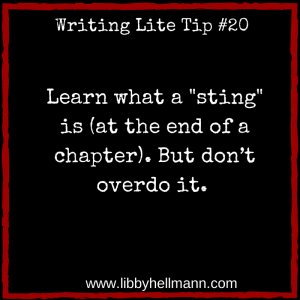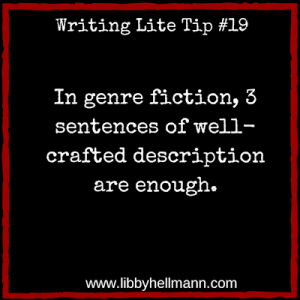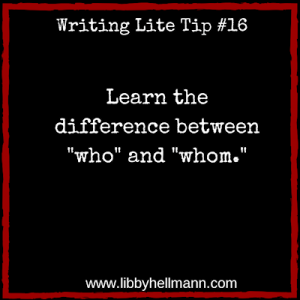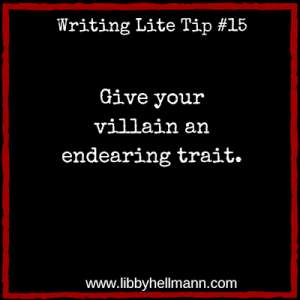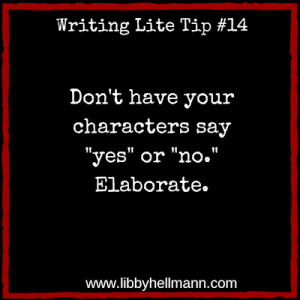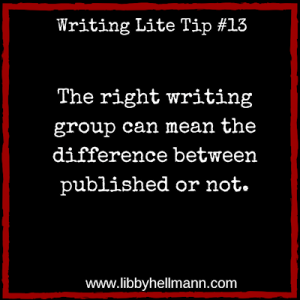Writing Lite Tip 22: Use hypotheticals to help you plot… “What if…” “Suppose…”
Plotting is a challenge, but it’s the most enjoyable part of the process for me. I love figuring out motivations, what happened to a character that made him/her the way they are, and what conflicts or obstacles I can present that will reveal who they really are and move the plot forward. Hypotheticals help in … Read more
